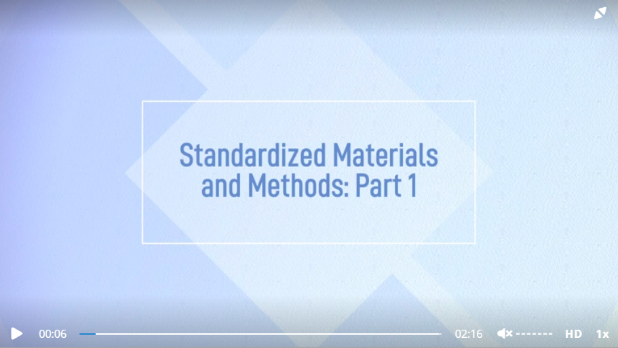Patch testing was first performed in the 1890s by Dr. Joseph Jadasshon after he suspected his patient’s rash was due to a mercury-containing medication. The mercury ointment was taped to the patient’s forearm, and the patient reacted several days later.
During this first patch test, the area of occlusion was not documented, the volume was unclear and the reading times were not recorded. Standardizing all these aspects are important for a modern patch test.
To learn more about standardization, we have partnered with the Contact Dermatitis Institute to help provide easier access to educational resources. View their video on Standardizing Materials and Methods: Part 1 on their FREE virtual platform, C.D.I. Community here.
In addition to learning more about standardized testing, many patch test clinics have found success by implementing the following resources into their practice:
- Ensure your patients have a comfortable patch testing experience and limit the possibility of needing to re-test by utilizing patchProtect™. patchProtect is a protective cover that’s been proven to maintain adherence even when subjected to moisture. This allows for light sweating or front facing showers, making your patients more comfortable.
- Utilizing TruVol™ can help to deliver a standardized dose of 20ml for each patch test. This helps save money by eliminating over-filled patch test chambers while patch testing your patients for skin or contact dermatitis.
- Offer your patients an individualized approach and improve the chance of a successful diagnosis without multiple rounds of testing. In addition to T.R.U.E. TEST® and/or a standard baseline series, add additional allergen panels based on a patient’s specific occupational, environmental or health history needs by utilizing the SmartPractice Allergen Bank. The SmartPractice Allergen Bank delivers patient-specific panels to your clinic.








